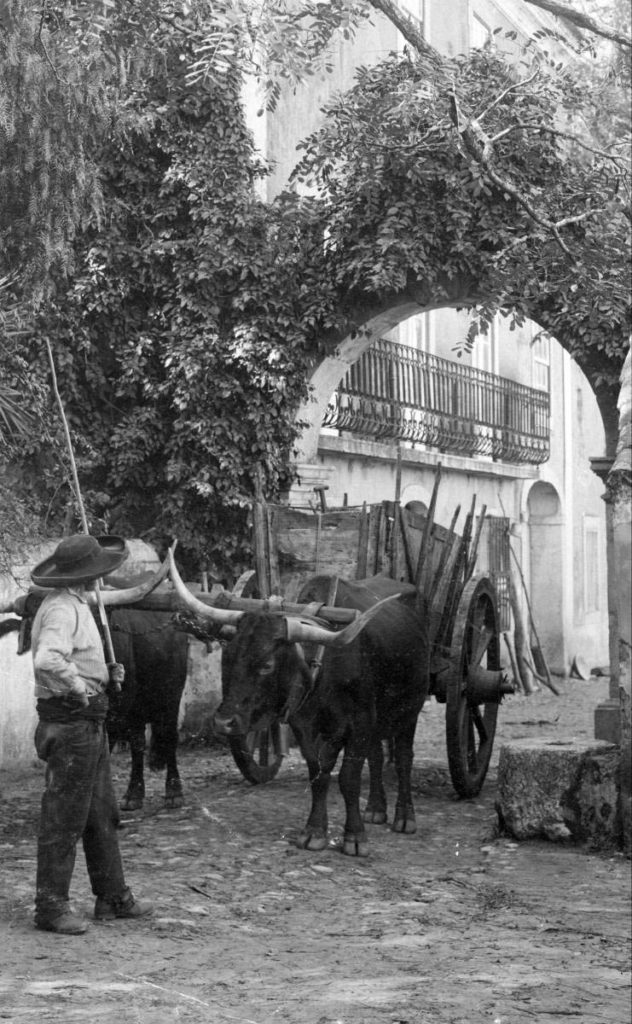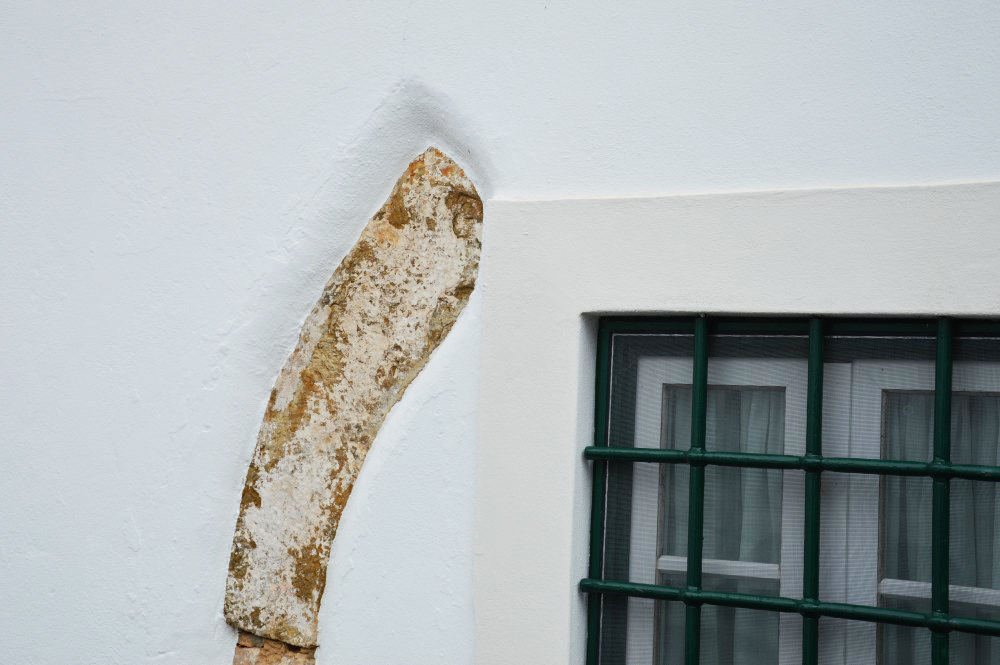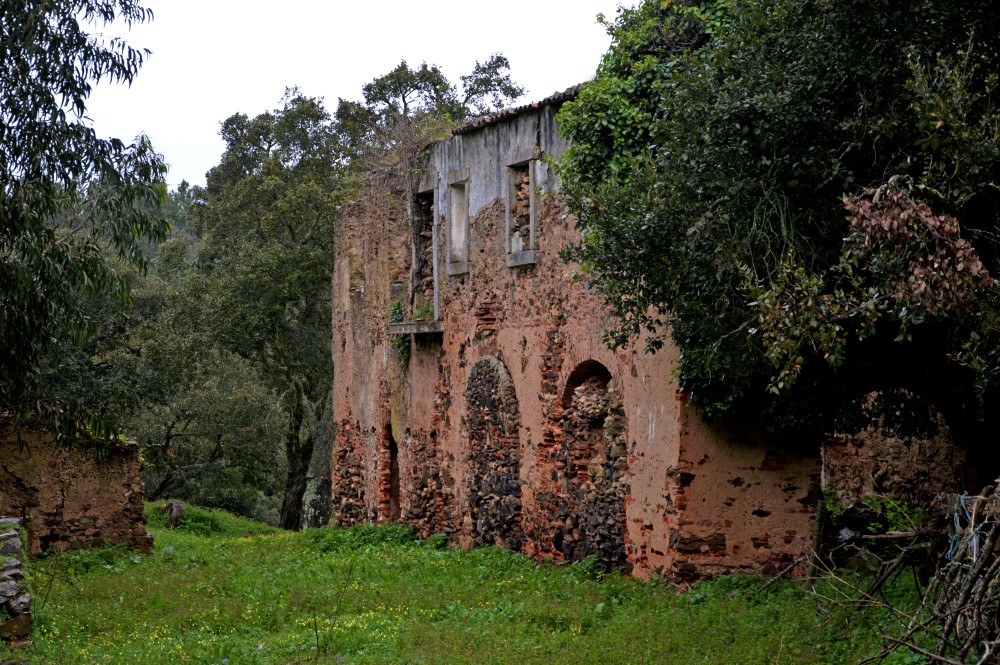
The parish church of Santiago, in Santiago do Cacém, hosts, on Saturday, June 30, at 21 pm, the closing concert of the Festival Terras sem Sombra, entitled “Vital Fragments: Kurtág and its Circumstance”.
A fundamental piece of contemporary creation, but rarely heard in Portugal, “Fragmentos de Kafka”, by György Kurtág, is the core of a panorama of contemporary Hungarian music that also features works by Béla Bartók, Péter Eötvös, Miklós Csemiczky, Gyula Fekete and Bella Máté, some of the best known composers in this country.
For such a comprehensive program, a group of elite musicians moves from Budapest: soprano Andrea Brassói-Jőrös, violinist Máté Soós, pianist Péter Kiss and clarinetist Péter Szücs.
If the singer already triumphs in the main opera houses in central Europe, the other soloists are international references in the interpretation of XNUMXth and XNUMXst century music, with impressive careers.
Another noteworthy presence is that of composer and conductor Gyula Fekete, author of one of the most recent pieces in the repertoire to be heard, “Csárdás”, inspired by a famous Hungarian traditional dance, and vice-rector of the Liszt Academy.
Started in January, the 14th edition of the Festival Terras sem Sombra is nearing its end. More than a simple festival, Terras sem Sombra embodies a season (musical, but also heritage and environmental) that places Alentejo on the map of European culture, as a privileged destination for art and nature. In 2018, the program registered nearly fifty activities, all free.
“The idea of a backward and atavistic territory, where you walk around with a jerk and a lamb on your back, was long overdue”, insists José António Falcão, general director of Terras sem Sombra.
Today, it can be said that the festival has already conquered a place in the sun in the circuits of European artistic life and is asking for measures from its international counterparts.
For this, a very original proposal has contributed, which calls the Alentejo, each year, an invited country. 2018 is the year of Hungary, under the idea of “bringing the far closer”. A pretext to revisit, in a major key, the role of tradition and modernity in European music, from the XNUMXth to the XNUMXst century.
The participation of the public shows the interest of the program designed by Juan Ángel Vela del Campo, artistic responsible for the festival since 2015.

A baroque and romantic oasis: Quinta de São João
As is the tradition of this festival, in addition to music, there is a place for historical and architectural heritage, as well as biodiversity and environmental heritage.
Thus, the afternoon of the 30th, starting at 15 pm, targets Quinta de São João, property on the outskirts of Santiago do Cacém, one of the most beautiful recreational farms on the Alentejo coast.
It is located in Escatelares, an area famous for its abundance of water, which led to its being chosen, in the XNUMXth century, as the seat of farms belonging to the local aristocracy, who liked to spend the Estio there. During the romantic period, they returned to being in vogue and received improvements as the time went by.
Among these farms, the São João estate, which belonged to sergeant-major João Falcão de Mendonça and dates back to the 1720s, stands out due to the magnificence of the building complex and its natural wealth.
Fueled by a complex hydraulic device, the property alternates gardens, tree-lined streets – a boulevard with a Horatian flavor, flanked by beech trees – became famous, vegetable gardens, orchards and woods. There is also no lack of rare trees, some from the Far East.
The visit to this paradise of freshness is guided by Gonçalo Nunes da Silva, one of the owners, and by the architect Francisco Lobo de Vasconcellos.

Recover the memory of the Jewry from Santiago to Cacém
On the morning of July 1, at 9:30 am, Terras sem Sombra accompanies Argentine writer and psychoanalyst Arnoldo Liberman on a visit to the former Judiaria, in the heart of the historic center of Santiago do Cacém. The act is a reminder of the memory of the Jewish quarter, which disappeared in the XNUMXth century, when its community, persecuted by the Inquisition of Évora, dispersed.
A descendant of central European Hebrew families, Liberman was born in 1933 and educated in Buenos Aires. He is one of the great figures in XNUMXth century Hispanic literature.
The UNESCO Center for Architecture and Art, based in Santiago, asked him for help, as a promoter of the cause of peace in the Middle East and a member of the Hispano-Jewish Foundation, to rescue the old Jewish quarter from the oblivion to which it has been doomed.

Loreto's cork oak forest, repository of biodiversity
From the heart of the city, the festival's volunteers then head to Herdade do Loreto, with their eyes on its cork oak forest. This forest, purchased in 1515 by the friars of the Franciscan convent of Nossa Senhora do Loreto, was benefited by them, over the centuries, as a source of sustenance and a space for meditation and prayer.
The convent, extinct in 1834, ended up being abandoned, but the ancient cork oak forest had better luck and remains a treasure of biodiversity.
This activity explores the richness of the flora and fauna of the cork oak forest and makes a practical contribution to its conservation, while alerting to the problems currently facing the cultural landscape of Loreto.
The action is guided by José Mira Potes (zootechnical engineer), Dinis Cortes (physician) and Luís Salvador (biologist), with the collaboration of Ana Vidal (landscape architect).
The Terras sem Sombra, open access initiatives are organized by Pedra Angular, in partnership with the Municipality of Santiago do Cacém.


















Comments